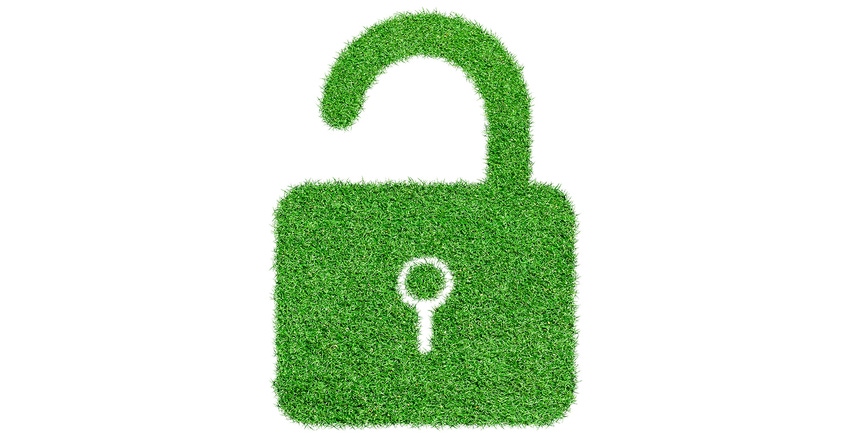P&G Cracks the Sustainability Code
Companies can learn two lessons from the brand to craft an intelligent approach to sustainable packaging.
December 1, 2021

Procter & Gamble is famous for many things. As a young brand manager, the four that stuck with me over the last 45 years are a laser-like focus on consumer needs and perceptions; brand vs. corporate orientation; audience-based segmentation; and the disciplined use of sound science and statistical analysis when doing research.
The company has used these strategies to carefully craft a corporate approach to environmental concerns that I believe has helped them do a good job of navigating the sustainability waters today. It also positions them to leverage their thinking into a leadership role tomorrow. Here are two examples.
Brand versus corporate strategy.
While P&G is affiliated with the Ellen MacArthur Foundation (EMF), it is not a Global Commitment Signatory. Other companies that signed on to the commitment made lofty goals regarding use of post-consumer recycled content in the 20-33% range by 2025.
We all knew that these goals were highly aspirational. But if the odds of missing them are high – and they are – why commit? The best that could happen is being criticized for missing your goals and being just another big company that doesn’t do what it says it will do.
Further, as a highly diversified packaged goods company whose brands generally stand on their own, any bad news associated with the P&G corporate brand could impact the perceptual equity of any, if not all, of its product brands. (For reference, other multi-brand companies such as Nestlé, Coca-Cola, Pepsi and Unilever did sign the Commitment.)
Instead, the company set a goal of offering all reusable or recyclable packaging by 2030. At first blush, this appears to communicate to typical consumers that P&G will be using much more than 25% PCR across the board. (Who can forgive them five more years to do so?)
The truth is that P&G is cleverly hedging its bets because a goal of “100% recyclable by 2030” should be much easier to reach than a goal of “25% PCR by 2025.” There are far more ways to achieve 100% recyclability than there are chances of ensuring 25% PCR content.
Audience-based understanding and terminology use.
Is it chemical recycling? Advanced recycling? Molecular recycling? The various plastic industry trade associations have been looking for ways to make the public excited about the relevant technologies. All sound as if they were created by engineers looking to make themselves feel good without any consideration for consumer perceptions, feelings, and beliefs. To date, none of these has generated any public traction, and the continual parade of new names just adds to the confusion and reduces the probability that one of them will be accepted.
P&G is taking a completely different, more consumer friendly, approach. Consider the recent introduction of Herbal Essences in new packaging made from Eastman’s Renew molecular-recycled plastic. The joint press release of November 10, 2021, states that P&G “will introduce five shampoo and conditioner collections in primary packaging made from Eastman Renew resins with 50% certified recycled plastic.”
The release goes on to state that, “Eastman Renew materials are made via Eastman's molecular recycling technologies using waste plastic that, without this technology, would end up in landfills. These advanced recycling technologies complement traditional recycling, expanding the types and amounts of plastics that can be recycled. This gives materials an extended useful life and diverts plastic waste from landfills or the environment.”
Along with Eastman, P&G is leveraging the word “recycling” to build instant recognition and credibility at the consumer and retail buyer level, and then wrapping terms around it so that these audiences perceive all changes as simply better ways to recycle — hence the terms “advanced” or “molecular” recycling technologies.
Further, the company is now promoting its RecyClass recyclability certification for this package.
Tapping a timeless tactic.
This approach is a long-time P&G credibility-building tactic and goes back 50 years or so, when the company boosted consumer confidence in Crest toothpaste by promoting its American Dental Association (ADA) acceptance as a cavity fighter.
Now, consumers don’t see chemical recycling as something different and unintelligible, but simply recycling made better via new technologies. P&G has thus set the stage for consumer acceptance of chemical recycling of plastics to help achieve its 100% recyclable goal in a more realistic time frame.
The word “technologies” is critical, as it creates an umbrella for other P&G-led or company-based programs. These include the widely touted Holy Grail 2.0 digital watermark systems for recyclable sorting, and their patented solvent-based process for removal of color and odor from diverted plastics such as black polypropylene (PP).
I’m hoping that the entire plastics industry — from material suppliers and converters, to other CPGs, retailers, and solid waste professionals — takes advantage of P&G’s approach. Doing so may be the most effective way to create a cohesive, single voice that makes it easy for consumers to know what they should do, why they should do it, and how they should do it.
Robert (Bob) Lilienfeld has been involved in sustainable packaging for 25 years, working as a marketing executive, consultant, strategic planner, editor, writer, and communications expert. He’s President of Robert Lilienfeld Consulting, working with materials suppliers, converters, trade associations, retailers, and brand owners. He also recently founded SPRING, The Sustainable Packaging Research, Information, and Networking Group. Reach him at [email protected].
About the Author(s)
You May Also Like




